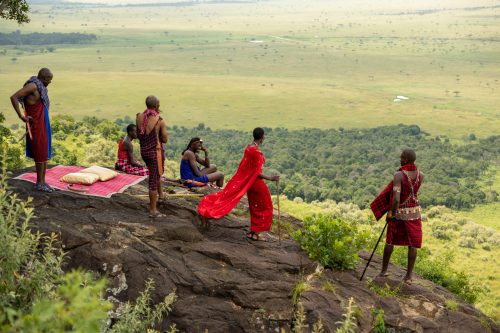
A sense of anticipation flows in the winds of the Mara. As the rains come and go, the grass continues to grow. This source of food draws millions of animals from neighbouring lands. Migratory birds and small herds of zebra and wildebeest have started to arrive. The Mara is bursting with life and soon many more animals will call this place home for the next few months. One of the greatest migrations on the planet is rapidly approaching.

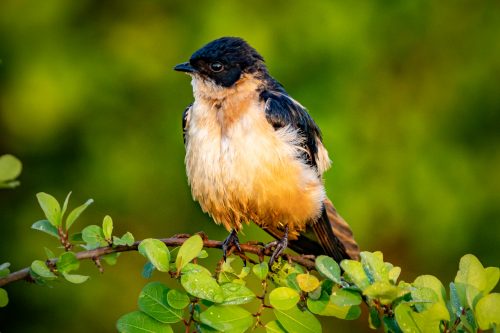


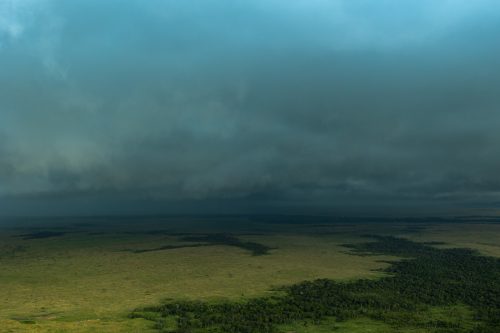

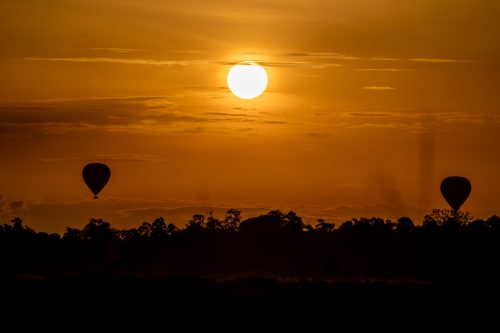
This week, I was excited to fly in a hot-air balloon for the first time. It was a magical experience. I love the abstraction of the landscape with that scale and perspective. Seeing things from above gifts you a better understanding of how the whole ecosystem works.
It was a misty morning and as we ascended the wind carried us across the river and out of the Triangle. This unique occurrence allowed me to see parts of Kenya that I had never seen before. We drifted towards Mara Rianta, a small neighbouring town, able to see some of the communities that have allowed us on their land. The Maasai are why Kenya attracts so many visitors. For centuries, they have respected the land and this reverence is the reason we are able to appreciate the plethora of wildlife in this area.
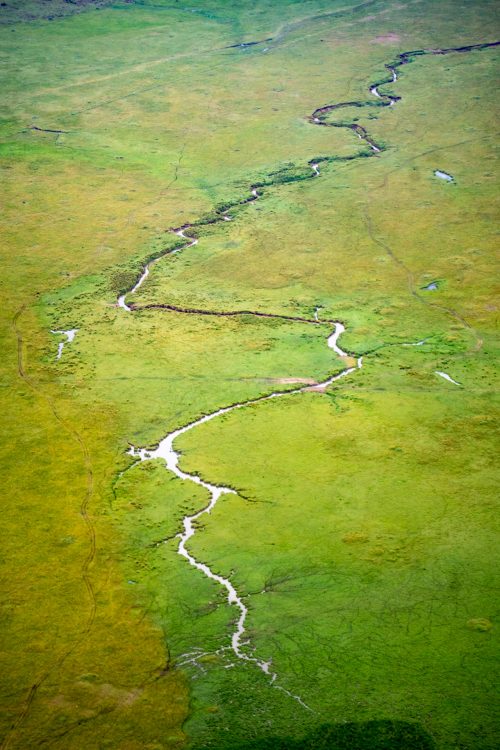
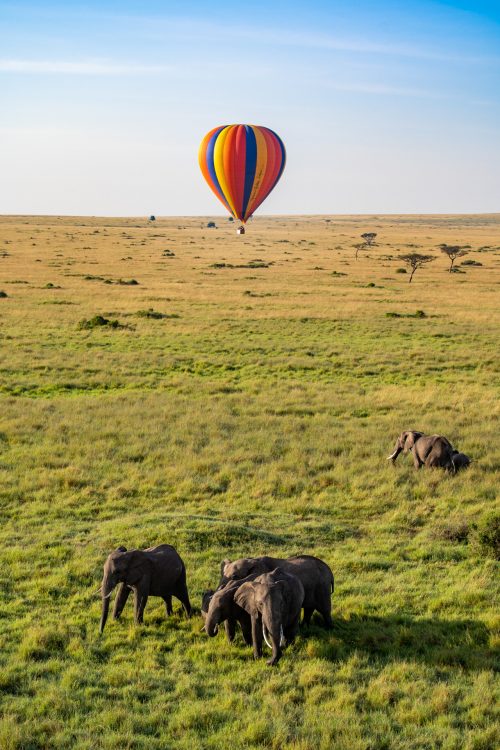
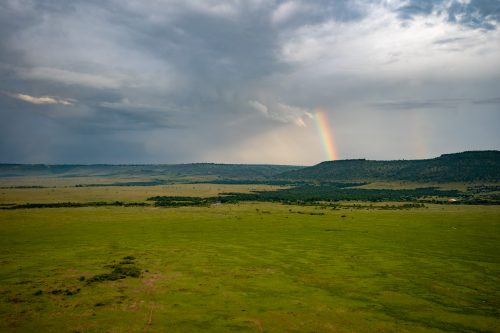


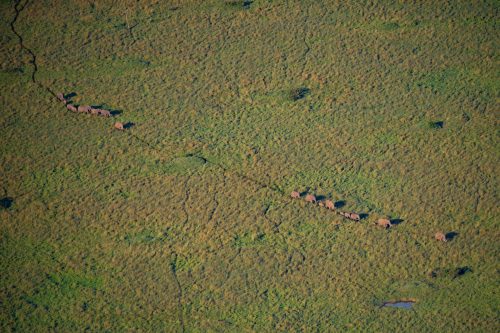

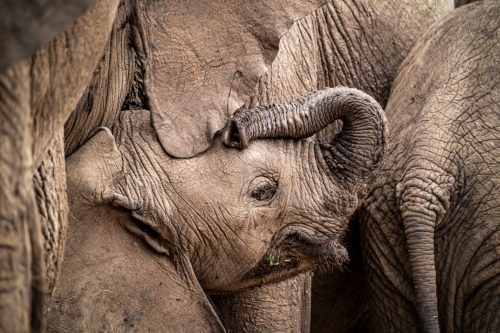
Elephants will go to great lengths to protect their young. When anything approaches them, they form a cohesive and protective wall around the smallest members of the herd. Their trunks can be used as strong weapons to defend themselves as well as sense the environment around them. The elephant has the most sophisticated nose in all the animal kingdoms. There can be up to 40 000 muscles in an elephant’s trunk. When raised, it is gathering scent particles in the air. Located on the roof of the mouth is a specialised gland called the Jacobson’s organ, able to gather information by analysing molecules and particles in their surroundings. That is why an elephant is able to detect water from almost 20km away. Like the wrinkles on their skin, ancient routes are imprinted in their memory which allows them to continually access water.


You don’t need to go far from the lodge to find them. When we weren’t in reverse trying to get out of their path, we were silently watching as they gracefully moved through the grass. On one occasion, we noticed that the matriarch, the oldest female in the group, was the most agitated by our presence. She raised her trunk and slowly all the elephants started raising their trunks in unison, even the little ones.

We saw that she had scars on the tip of her trunk, likely due to a snare. You can see that one of her nostrils was smaller than the other and there was scar tissue visible. The reason she was suspicious of our vehicle could be due to the fact that she had been injured by people before. Elephants are incredibly intelligent creatures and also remember trauma.
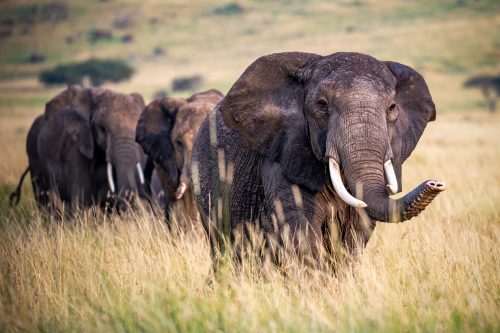
Scars can be an important tool in the identification of animals. Coincidentally, I think that our scars and traumas help define who we are as people. A scar is a symbol of pain and struggle but also of strength. When identifying lions, we look for scar patterns, especially on the ears. We were able to identify the Paradise Pride by noticing the missing ear of One-Eared Mama and the unique scar pattern on her other ear.


As we drove along the road we noticed something brown in the distance along the horizon. We saw several more and began to drive towards them. It is legal to drive off-road in this part of the park but because of recent rains, the grass can be difficult to drive through. After navigating through the landscape, we finally were able to come close to the pride. We spotted One-eared Mama, the oldest female of the group and the provider for so many years.
We saw two other large females, Sadai and Nasha. The rest were younger males. We watched as they moved from mound to mound scanning the plains. They were looking in the direction of some topi but decided not to hunt. This is not the territory of the Paradise Pride — it is outside the Mara Triangle. They have come here for two possible reasons: one, there is not enough prey for them to hunt or two, there are people and cattle encroaching on their territory.
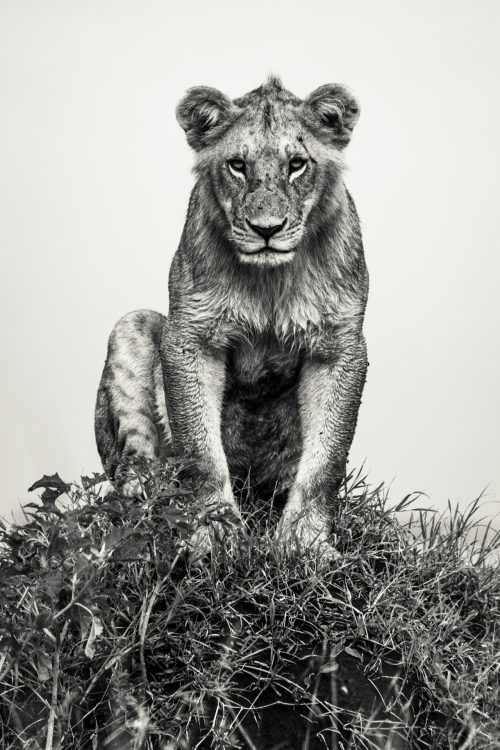
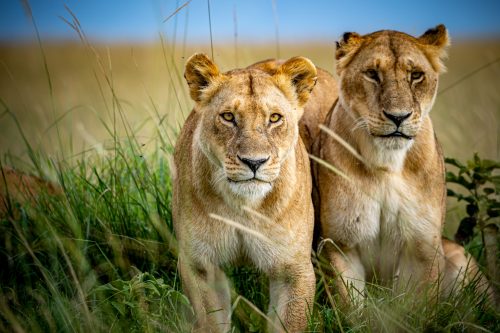

We also got a chance to spend some time with the Egyptian Pride, named after the 'Egyptian Pond' because of the Egyptian geese that live in that area. The last time I saw this pride, there were several new small cubs. This time, we saw the older males from the pride on their own — a fascinating thing to witness. Essentially, the mothers of the pride are keeping the males away from the cubs. They will still continue to provide for both but cannot risk having them all together. So the pride has started to split. The cubs are lucky that the dominant older males — the Inselberg Males — are their fathers and will not be a threat.
A cloud of flies surrounded the lions, hinting to us that they had recently come from a kill. They were on a mission to get some shade, walking intently on the road and past us. Then one after the other, they proceeded to go underneath the road and into a drainage trench. A trick they use often.
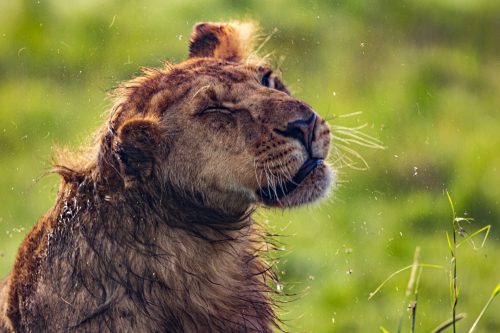
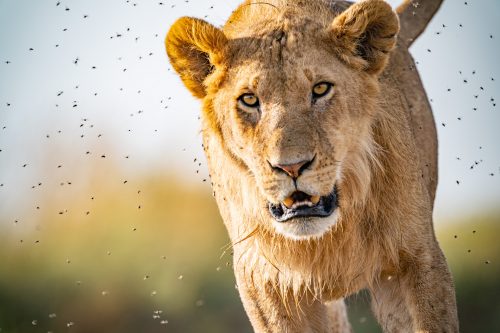
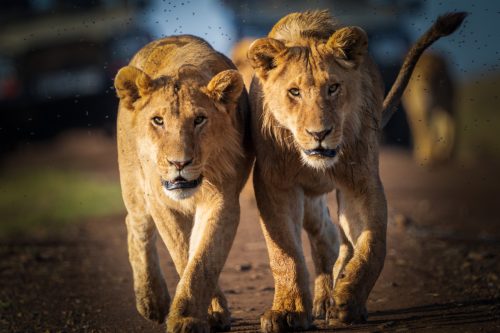


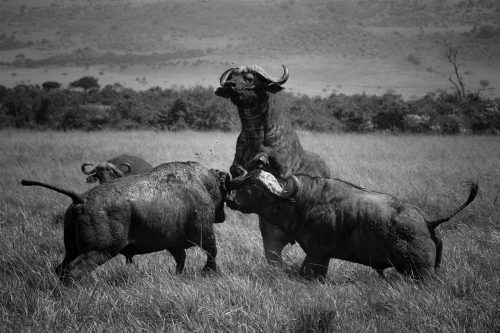
This time last year, Douggy had started seeing the trailblazers of the Great Migration. In amongst the eager wildebeest, he found two bull buffalo having a friendly tussle. When a third older bull got involved it escalated quickly — you can read the full story here.
Filed under: This Week at Angama
Subscribe for Weekly Stories
Comments (0):

Weddings in the Mara